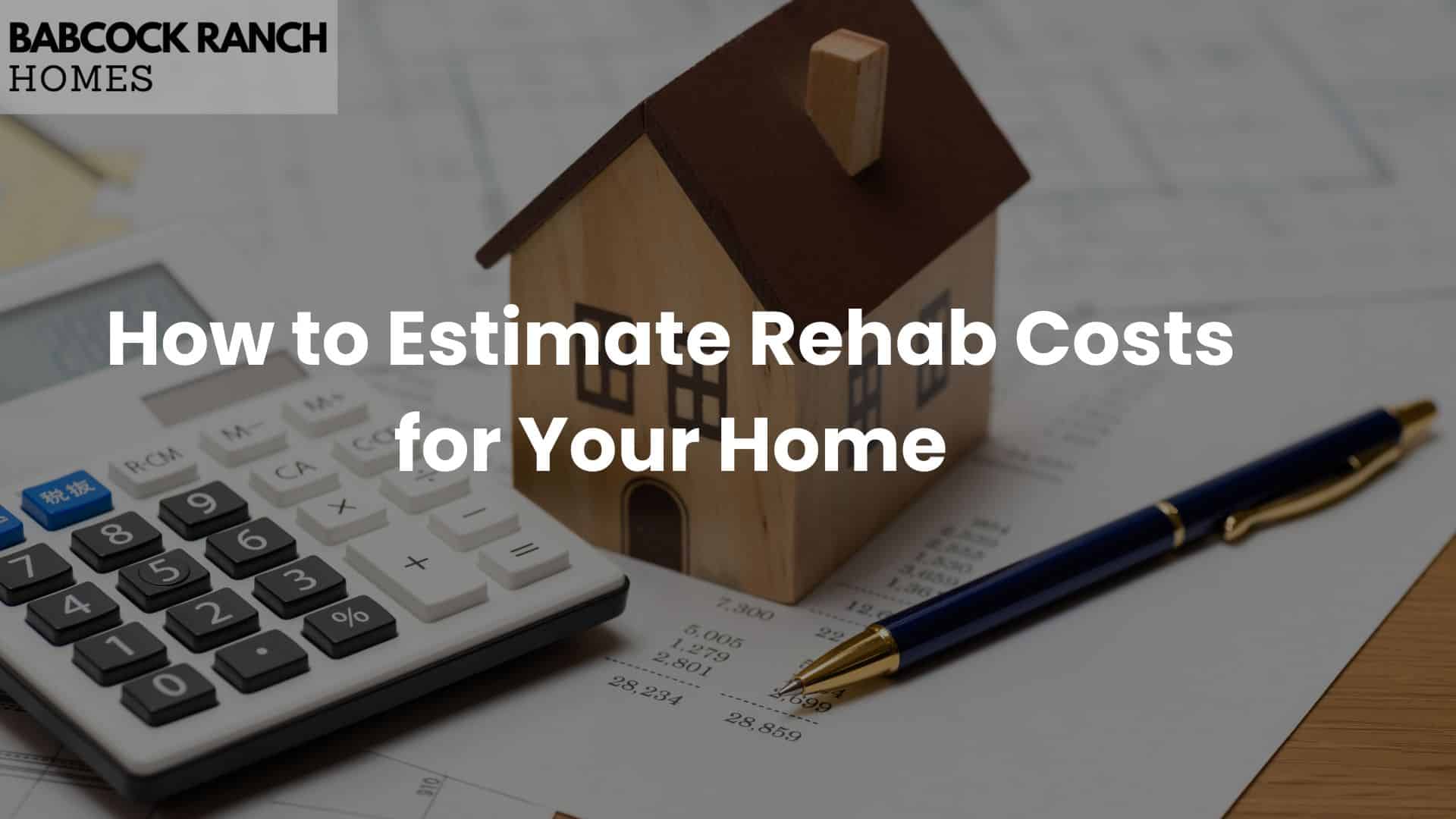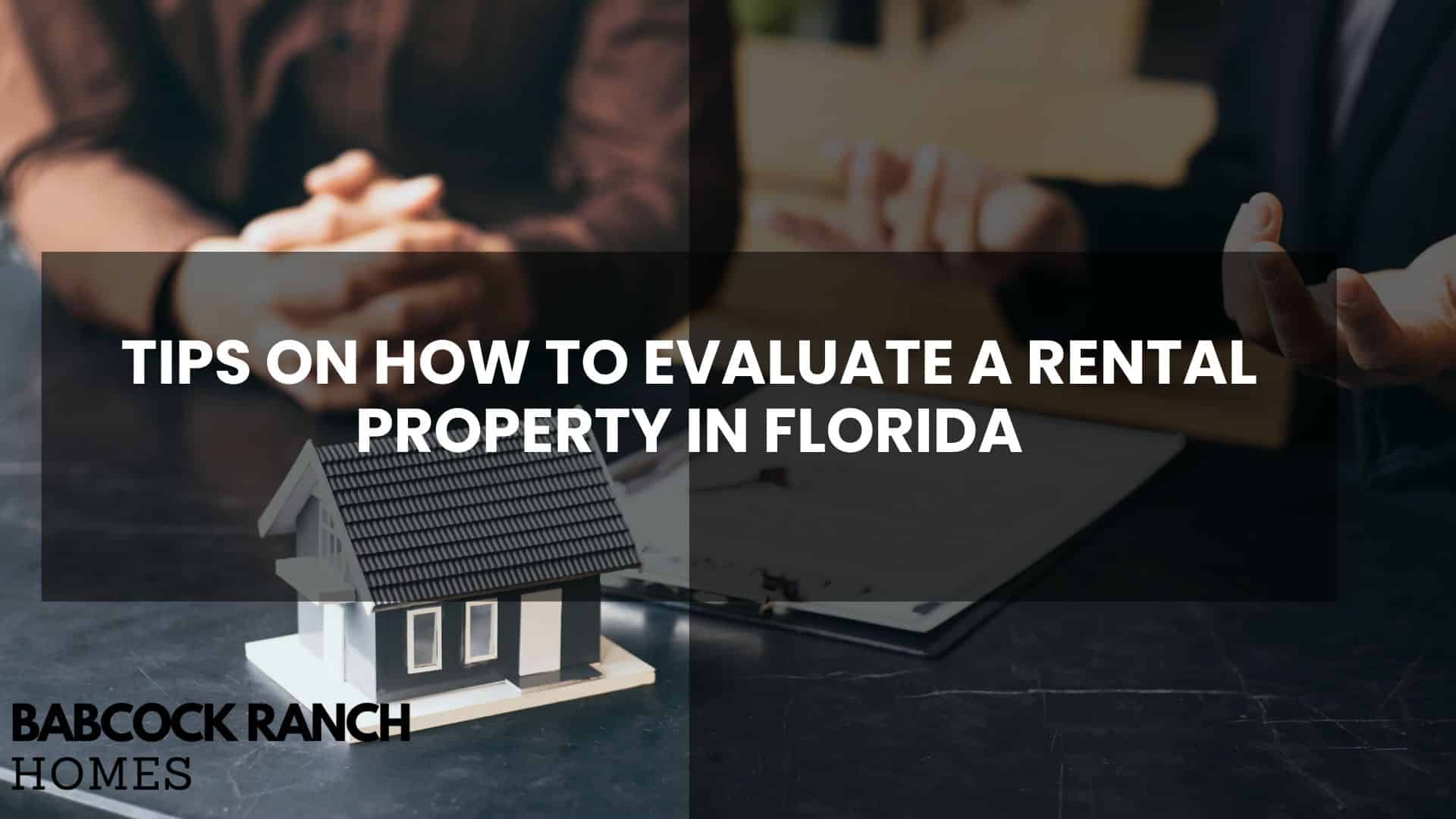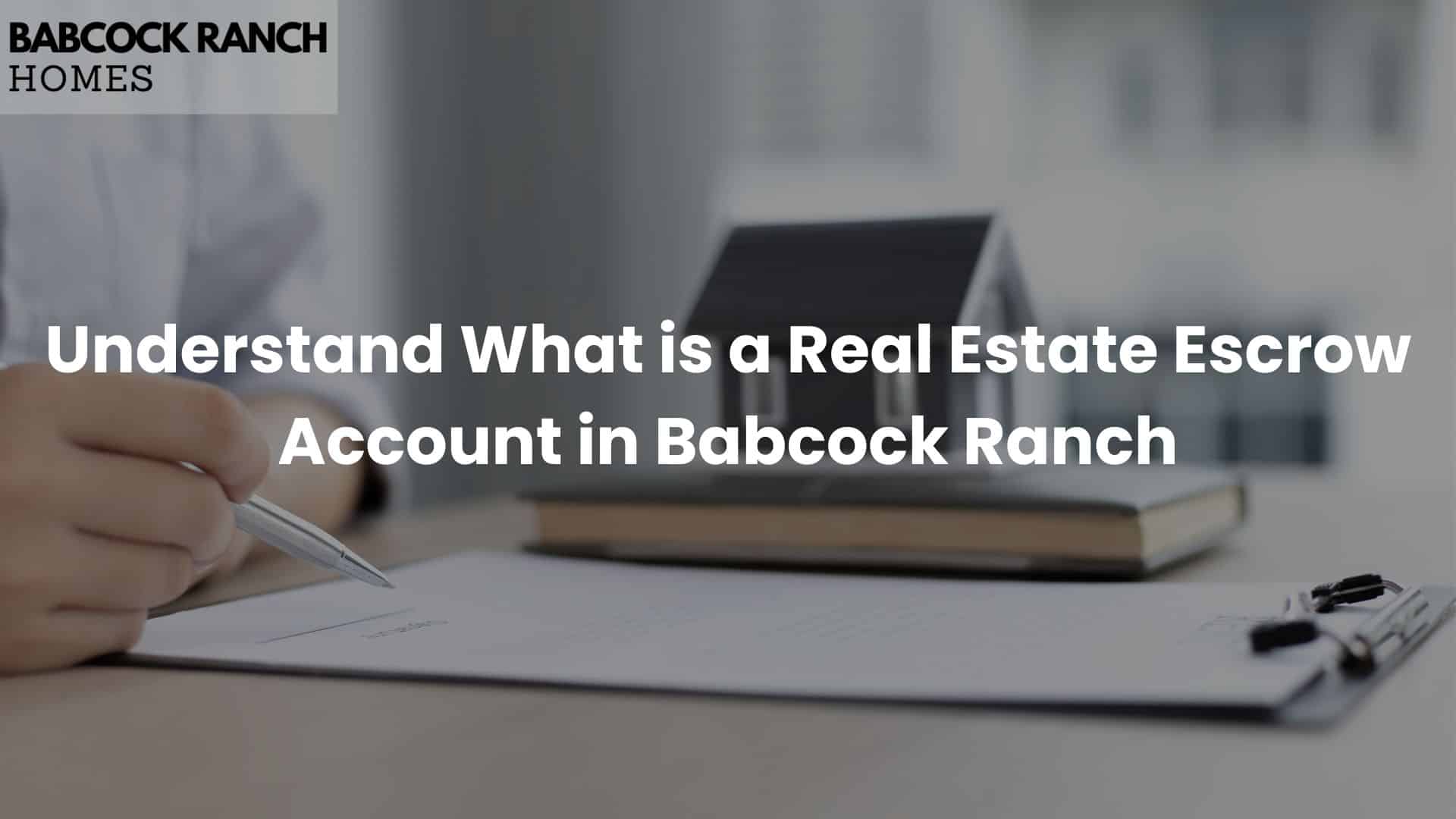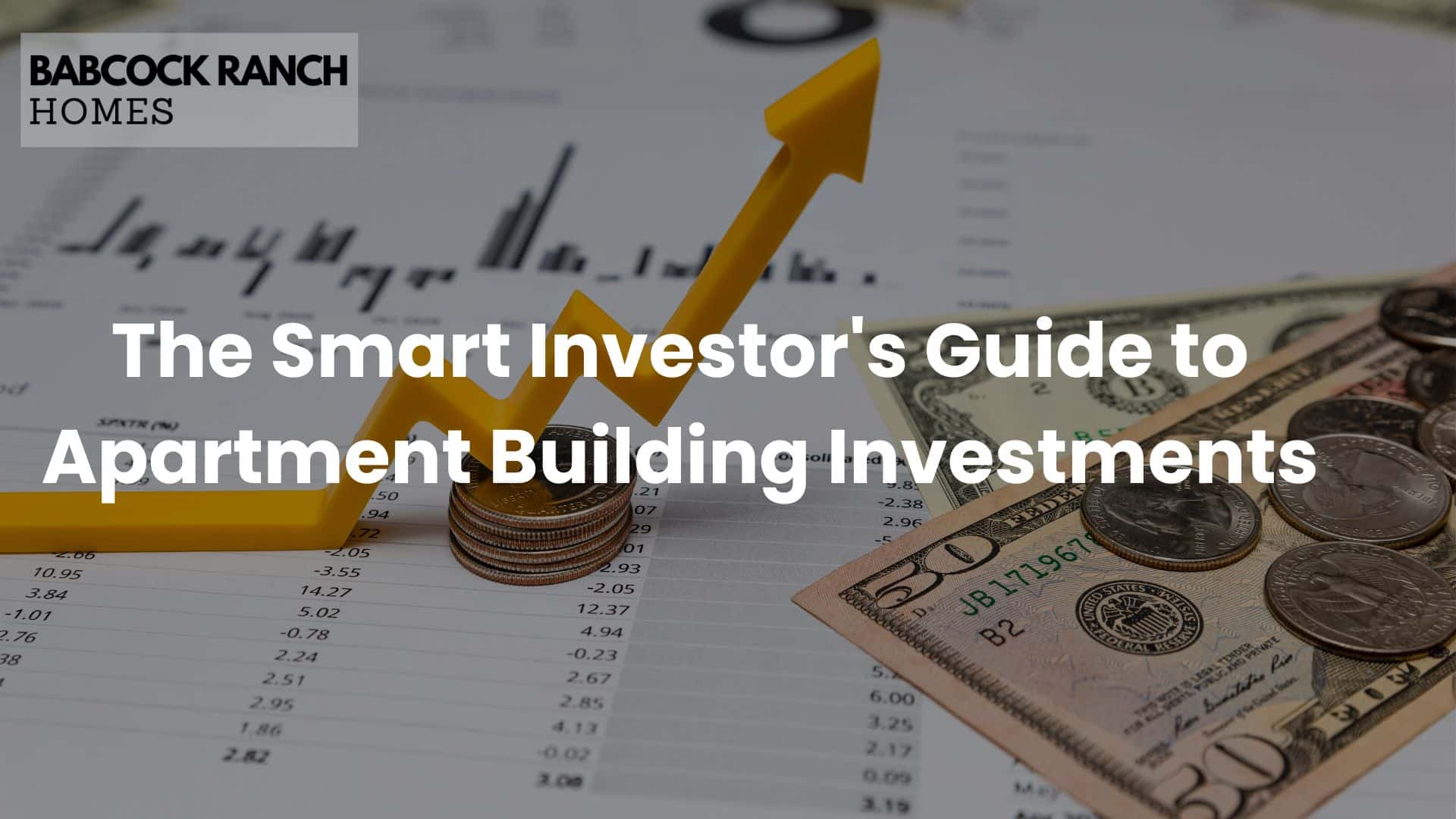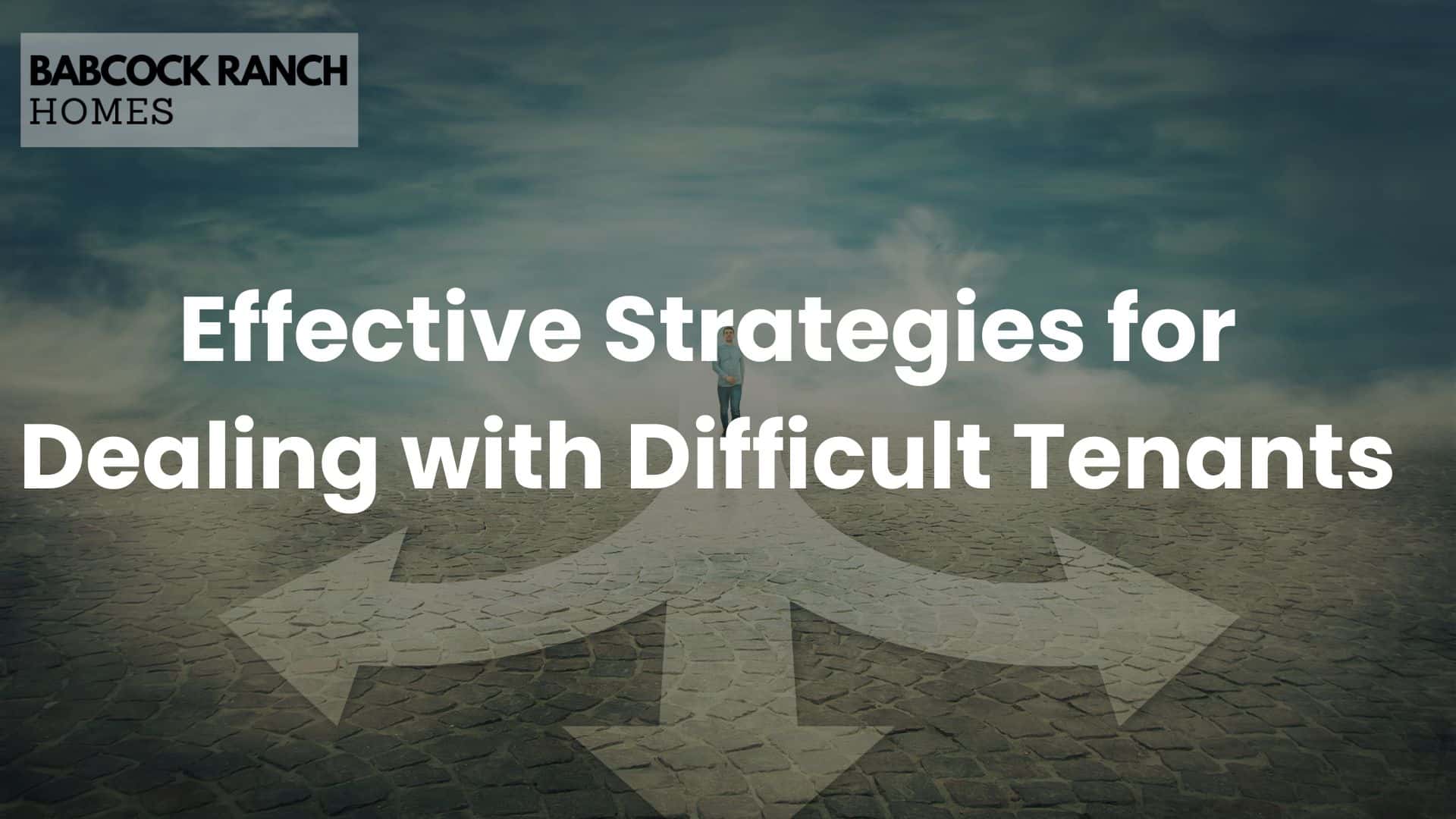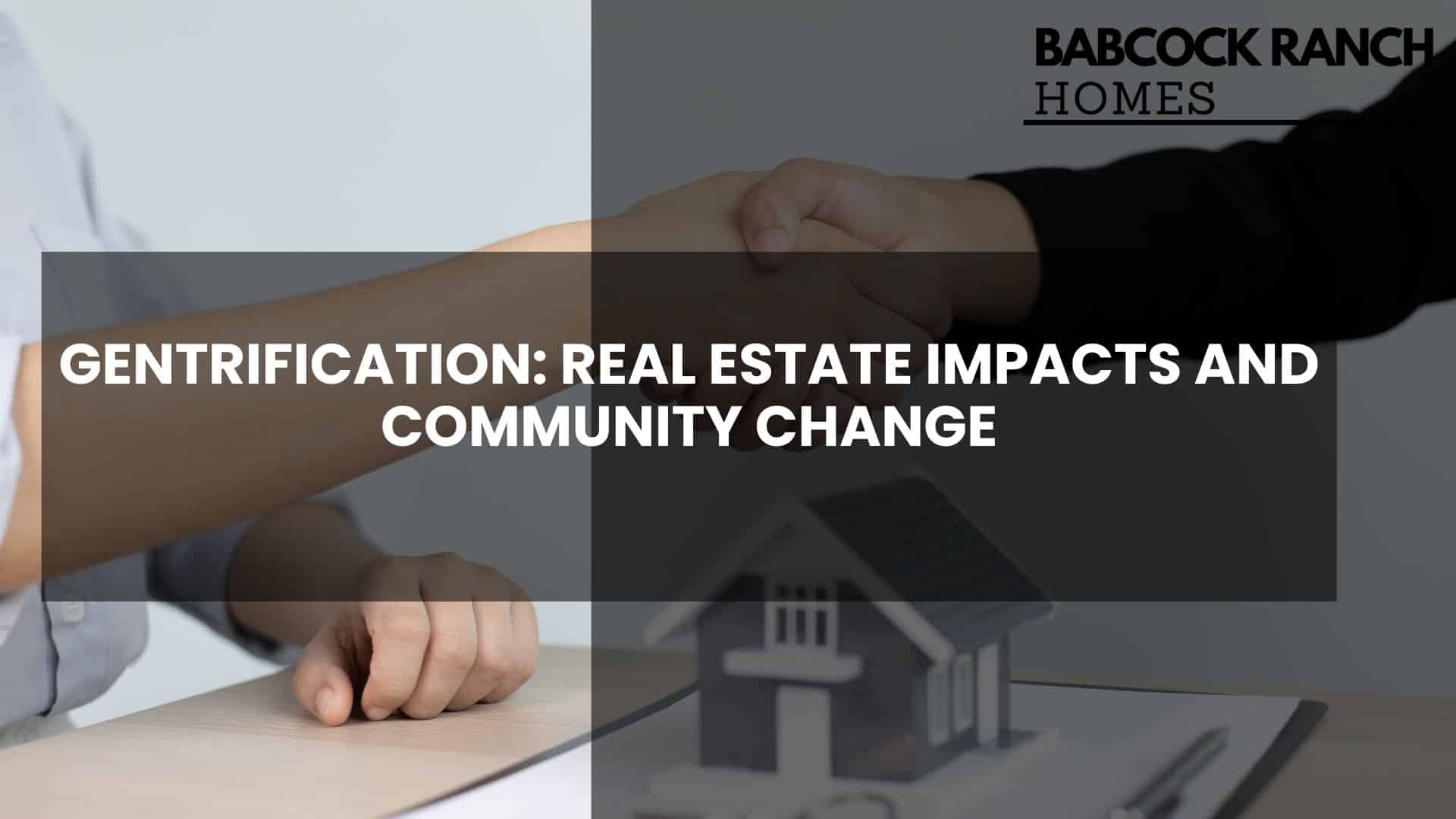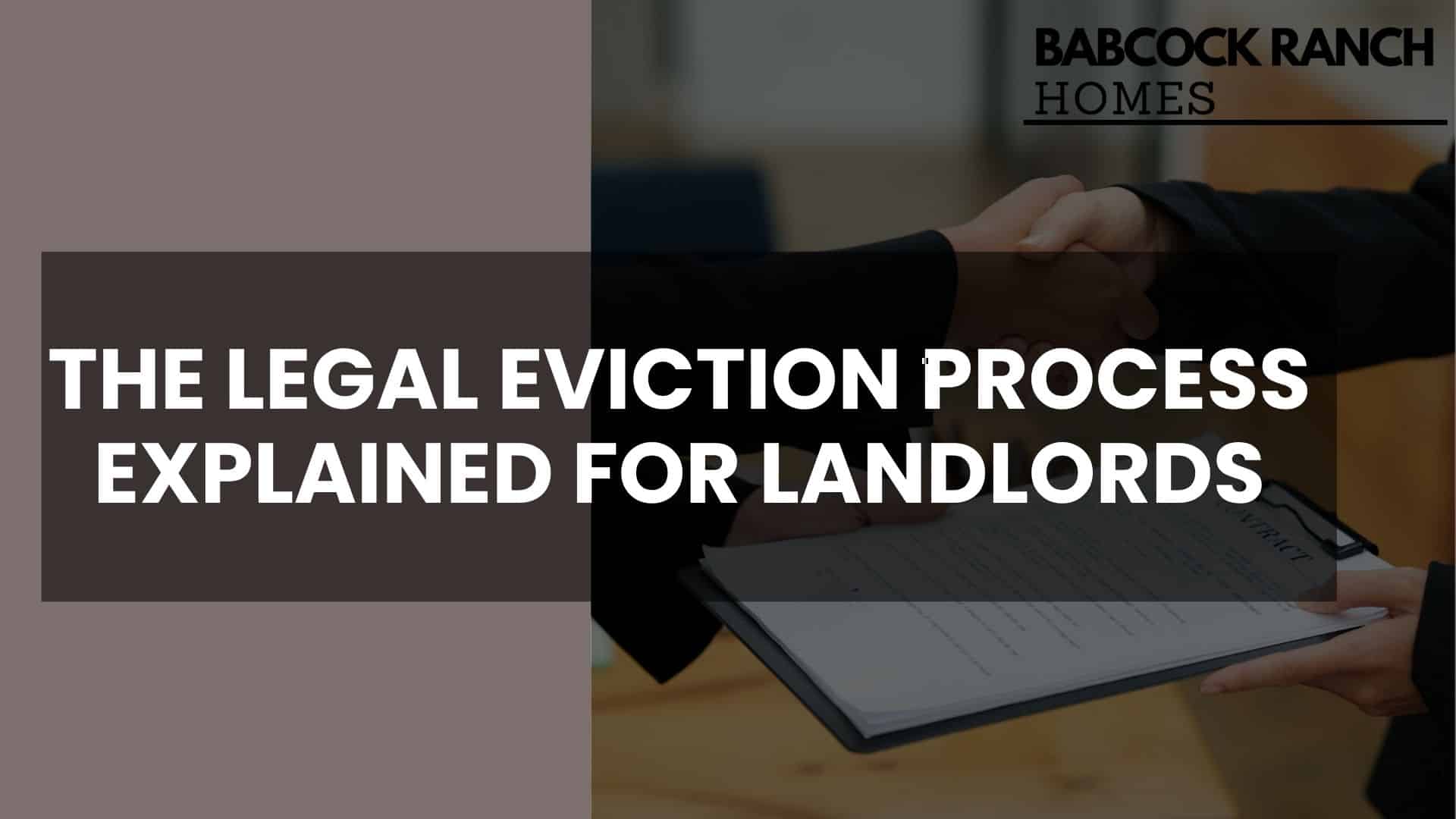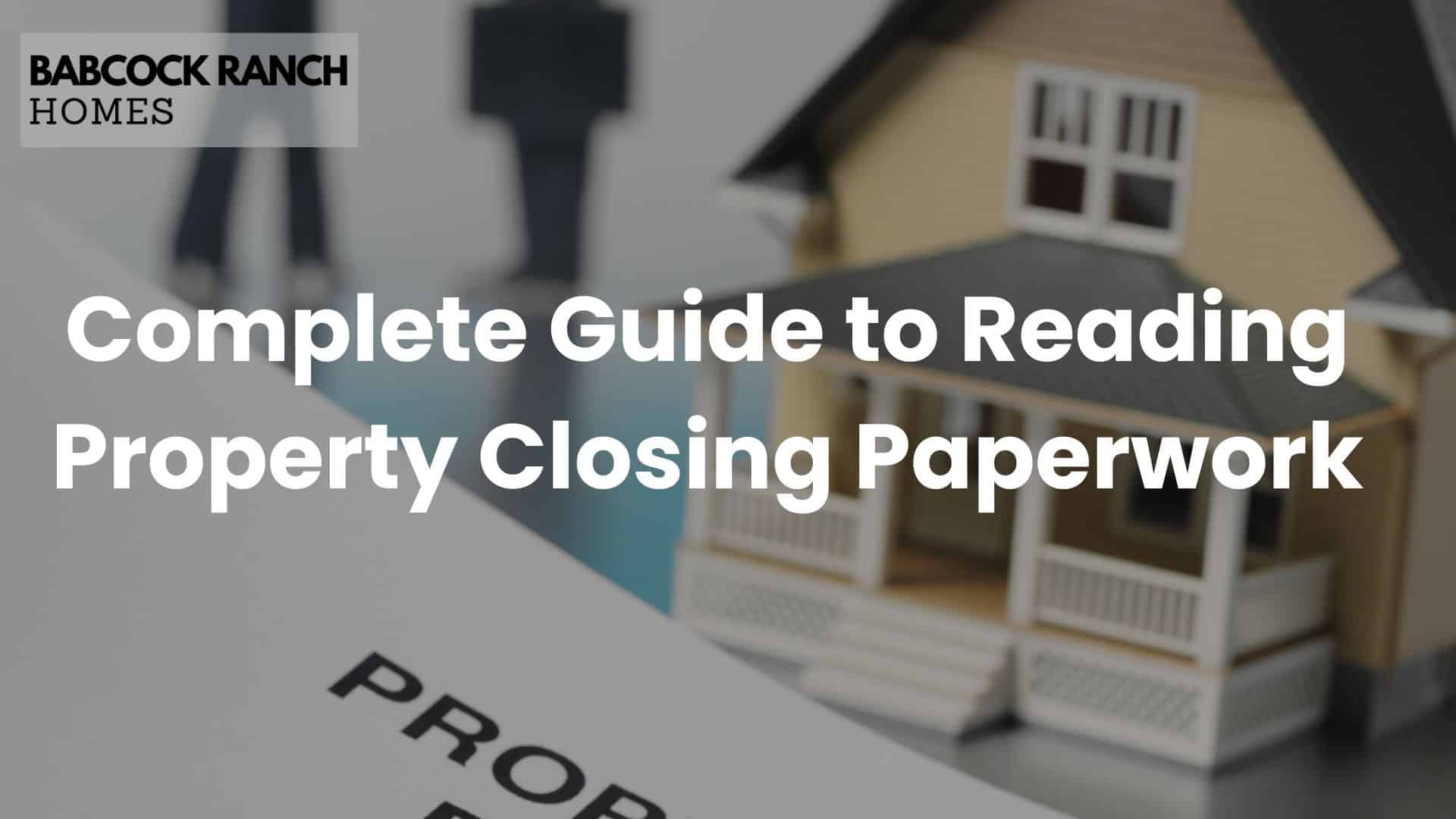
Did you know 63% of rental properties in the U.S. are owned by individual investors, not corporations? This hands-on approach lets everyday people create income streams while diversifying their assets. Unlike stocks or REITs, physical properties offer tangible value and direct control over your investments.
A strong collection of properties balances residential rentals, commercial spaces, and specialized accommodations. Each type serves different market needs, reducing risk through diversification. Rental income provides steady cash flow, while long-term appreciation grows your net worth passively.
Successful investors focus on locations with growing demand and sustainable economic trends. Researching local markets helps identify undervalued opportunities. Maintenance costs and tenant management require planning, but tools like property managers streamline operations.
Key Takeaways
- Direct ownership offers control and tangible asset benefits compared to REITs
- Diversification across property types minimizes market volatility risks
- Rental income and appreciation create dual wealth-building pathways
- Residential and commercial assets serve different financial objectives
- Location analysis is critical for long-term value growth
Understanding the Fundamentals of Real Estate Investment
Successful investors start by mastering core principles before acquiring assets. A strategic approach combines market knowledge with financial planning to create lasting value. This foundation helps you make informed decisions aligned with your objectives.

Defining a Real Estate Portfolio
Your collection of properties functions like a diversified financial instrument. Unlike REITs or funds, direct ownership lets you choose specific assets and manage operations. Residential rentals, vacation homes, and commercial spaces each serve distinct purposes in wealth creation.
Physical assets provide stability during economic shifts. You decide when to upgrade fixtures, adjust rents, or sell properties. This control differentiates direct investments from passive options tied to third-party management.
Benefits of Direct Property Ownership
Tangible assets offer security that paper investments can’t match. Upgrades like energy-efficient appliances or landscaping directly boost equity. Tax deductions for mortgage interest and maintenance costs further enhance returns.
Geographic diversification reduces location-specific risks. Owning units in multiple areas protects against local market downturns. Consistent rental income combined with long-term appreciation creates dual growth pathways.
Evaluating Your Investment Goals and Risk Tolerance
Your financial roadmap begins with clear objectives. Aligning your aspirations with practical capabilities forms the bedrock of sustainable growth. Start by examining existing resources and long-term vision before committing capital.

Identifying Your Financial Capacity
Assess your current position through three lenses: liquid assets, credit health, and income stability. Lenders evaluate debt-to-income ratios when approving loans, so understanding yours helps set realistic boundaries. Strong credit scores often unlock better financing terms, directly impacting your strategy.
Apply the SMART framework to shape actionable targets. Specific milestones like “acquire two rental units in three years” work better than vague ambitions. Measurable progress keeps you accountable, while achievable timelines prevent burnout.
- Calculate emergency funds needed for property upkeep
- Compare short-term flipping profits versus rental income stability
- Determine acceptable vacancy rate thresholds
Risk tolerance shapes your asset selection. Some thrive on renovation challenges, while others prefer turnkey properties. Market fluctuations affect various property types differently—match your comfort level with suitable investments.
Researching Local Market Trends in Babcock Ranch Florida
Babcock Ranch stands out as America’s first solar-powered town, blending eco-friendly design with rapid growth. This planned community attracts families and professionals seeking sustainable living near Southwest Florida’s beaches. Local developers like Babcock Ranch Homes focus on energy-efficient properties, creating unique opportunities for investors.

Analyzing Neighborhood Growth and Infrastructure
Population growth here outpaces state averages, with new schools and medical centers breaking ground annually. The area’s 18,500-acre footprint includes parks, solar farms, and tech-ready workspaces. Upcoming road expansions connect residents to Fort Myers and Punta Gorda, boosting accessibility.
Key amenities drive demand. Walkable downtown districts reduce car dependency, while high-speed internet supports remote workers. Proximity to Babcock Ranch Preserve adds outdoor appeal, attracting nature-conscious renters.
Understanding Market Conditions and Property Values
Current data shows 12% annual appreciation for single-family homes, with rentals averaging 95% occupancy. Inventory remains tight due to controlled development phases. Seasonal fluctuations are milder than coastal towns, ensuring steadier cash flow.
Three factors shape long-term value here:
- Municipal investments in stormwater management systems
- Zoning laws preserving green spaces between neighborhoods
- Partnerships with Florida Power & Light for renewable energy
Exploring Property Types for a Diversified Portfolio
Investors often face a critical choice: residential or commercial properties? Each category serves distinct purposes in wealth creation. Strategic selection balances cash flow, management demands, and long-term growth potential.
Residential Versus Commercial Properties
Residential options like single-family homes attract stable, long-term tenants. Multi-unit buildings and Houses in Multiple Occupation (HMOs) increase rental yields through multiple income streams. These require stricter regulations but offset costs with higher returns.
Urban flats offer steady appreciation due to location demand. Serviced accommodations suit short-term rental markets but need frequent upkeep. Traditional buy-to-let properties minimize vacancy risks with predictable leases.
Commercial assets like offices or warehouses provide extended lease terms. Retail spaces thrive in high-traffic areas but face economic sensitivity. Key differences include:
- Residential: Faster tenant turnover vs. commercial’s multi-year contracts
- Commercial: Higher entry costs but lower management intensity
- Hybrid models: Mixed-use buildings combining both categories
Diversification across property types buffers against market shifts. Align choices with your risk tolerance and management capacity. A balanced mix creates resilience while maximizing income potential.
Financing Options and Budget Planning for Your Portfolio
Smart financing choices act as the backbone of sustainable property acquisition. Selecting the right tools balances immediate purchasing power with long-term financial health. Your strategy should match your timeline and risk capacity while maximizing growth potential.
Mortgage and Loan Alternatives
Cash purchases eliminate interest costs but reduce your ability to scale quickly. Conventional mortgages let investors borrow up to 80% of a property’s value, spreading payments over decades. These loans often require larger down payments for non-owner-occupied units compared to primary residences.
Private lenders fill gaps when traditional financing falls short. They offer bridge loans for time-sensitive deals, though often at higher costs. Lines of credit work well for ongoing projects, charging interest only on used funds.
Four primary methods shape most strategies:
- Cash reserves for quick closings and lower expenses
- Fixed-rate mortgages for predictable long-term costs
- Hard money loans for renovation-focused projects
- HELOCs to tap existing property equity
Responsible leverage multiplies returns without overextending budgets. Refinancing appreciated properties can fund new acquisitions while maintaining cash flow. Always align repayment terms with your income streams and exit timelines.
Effective Strategies: How to Build a Real Estate Portfolio
Strategic investors know expanding holdings requires more than capital—it demands proven systems. Your blueprint combines actionable methods with protective measures to grow assets sustainably. This approach turns sporadic purchases into calculated wealth-building engines.
Creating a SMART Investment Plan
The BRRR method (Buy, Rehab, Refinance, Rent) lets you recycle funds across multiple properties. Start building your roadmap with Specific, Measurable goals like acquiring one unit per quarter. Attainable timelines prevent overextension while maintaining momentum.
Analyze cash flow projections and local employment trends before committing. Your investment strategy should include:
- 12-month market forecasts for target areas
- Refinancing thresholds based on property appreciation
- Contingency budgets covering 6+ months of vacancies
Risk Management and Diversification Tactics
Spread assets across three dimensions to minimize exposure. Geographic diversification protects against regional downturns, while mixing property types balances cash flow streams. Tenant variety (students, professionals, retirees) adds further stability.
Essential safeguards include:
- Dedicated repair funds equal to 15% of annual rents
- Umbrella insurance policies covering liability gaps
- Debt ratios below 35% of total income
This strategy lets you scale confidently, knowing multiple layers shield against unexpected challenges. Consistent reviews keep your approach aligned with shifting markets.
Property Management Best Practices for Investors
Owning investment properties brings unique challenges that determine long-term success. Your approach to daily operations impacts tenant satisfaction, legal compliance, and financial returns. Choosing between hands-on involvement and expert assistance shapes your workload and growth potential.
Self-management gives full control but demands significant time. You handle tenant screening, lease agreements, and maintenance coordination directly. This works well for local properties or small portfolios where personal attention is feasible.
Professional Management Versus Self-Management
A management company typically charges 8-12% of monthly rent to handle operations. They bring systems for rent collection, emergency repairs, and legal documentation. This trade-off frees your time but reduces immediate cash flow.
Key factors when deciding your approach:
- Availability for late-night maintenance calls or tenant disputes
- Understanding of landlord-tenant laws in your state
- Accounting skills for tax deductions and expense tracking
Professional property management becomes valuable as your portfolio grows. They negotiate lease renewals, optimize rental rates, and maintain vendor networks. Document all interactions and financial transactions regardless of your method—this protects against disputes and simplifies tax filings.
Evaluate your capacity honestly. Time spent resolving plumbing issues could be used to source new acquisitions. Balance cost savings against missed opportunities when choosing your strategy.
Legal Considerations and Due Diligence in Real Estate
Navigating legal requirements forms the foundation of secure property investments. Conducting thorough checks prevents future disputes. Verify ownership history through title searches. Ensure no outstanding liens exist that could delay transactions.
Qualified attorneys review zoning laws and local regulations. These rules dictate property modifications and rental activities. For example, short-term rentals often require special permits. Multi-unit dwellings may need additional safety certifications.
Three critical steps protect your interests:
- Confirm property boundaries with updated surveys
- Assess environmental risks like flood zones
- Review financial records for hidden tax obligations
Professional inspectors identify structural issues before purchase. Their reports reveal repair costs that impact negotiations. Combine this with regulatory compliance checks for water systems and electrical wiring.
Maintain organized records of all legal documents. Lease agreements, inspection reports, and permits should be easily accessible. This preparation streamlines future sales or refinancing processes.
Leveraging Technology for Efficient Property Management
Modern tools transform daily oversight from a chore into a strategic advantage. Digital systems handle repetitive tasks while improving accuracy across your holdings. This shift lets you focus on growth rather than paperwork.
Software Solutions to Streamline Operations
Automated platforms simplify rent collection through scheduled payments and instant notifications. Maintenance requests get tracked from submission to resolution, ensuring timely responses. Financial reports generate automatically, showing cash flow patterns at a glance.
Tenant screening tools analyze credit scores and rental histories within minutes. Digital lease agreements with e-signature capabilities reduce administrative delays. Centralized communication portals keep all messages organized and accessible.
Set up systems for routine reminders and inspections. Calendar integrations alert you about lease renewals or safety checks. These automated workflows minimize missed deadlines and human error.
Analytics dashboards reveal performance trends across locations and property types. Track occupancy rates, repair costs, and rental income fluctuations. Use these insights to adjust pricing strategies or prioritize upgrades.
Reinvesting and Scaling Your Portfolio Over Time
Sustaining momentum requires more than initial acquisitions—it demands deliberate strategies that compound returns. Focus shifts from quantity to quality as your assets mature, prioritizing decisions that enhance value over time.
Strategies for Sustainable Expansion
Reinvesting profits fuels growth without relying on external financing. Upgrade existing properties with amenities tenants value, like smart home tech or energy-efficient systems. These improvements justify higher rents while reducing long-term maintenance costs.
Scaling through strategic acquisitions works best when aligned with market cycles. Target undervalued areas showing early signs of infrastructure development. Partnering with local experts helps identify emerging opportunities before prices peak.
Three principles guide effective scaling:
- Recycle equity from appreciated properties into new purchases
- Diversify across regions to mitigate localized risks
- Automate operations to handle increased management demands
Timing matters when expanding. Balance aggressive growth phases with consolidation periods to optimize cash flow. This rhythm creates stability while positioning you to capitalize on favorable market conditions.




